Last week I attended a conference on interreligious dialogue in Doha, the capital of the tiny state of Qatar on the Persian Gulf. The Doha meeting was unlike the dialogue programs I’ve attended in the States, made up of hopeful people of good will but with little experience — and lots of naiveté. In Doha I joined Christians from Baghdad and Aleppo, Muslims from Hebron and Beirut, and Jews from France and Argentina who all experienced quite personally and horrifically the blunt end of religious violence.
We sat around large tables laid end-to-end around the room, with presenters speaking into microphones and the rest of us listening to simultaneous translations piped through to us in our own languages. Each of us was equipped with a set of headphones that gave us a cushion against the cacophony of foreign voices. It was a strange but comforting feeling. The feel of the headphones channeling the proceedings in our own tongue offered a sensation of being in our own space, which allowed me to observe something quite unexpected around the table: a dialogue of subtle facial expressions under the headsets.
When Muslim speakers publicly extolled their religion’s love for peace and reconciliation, I could see slight frowns or raised eyebrows among the Jews and Christians. It was as if they were muttering under their breath, “Yeah right! And what about Muslim religious leaders extolling suicide bombings? What about their vicious rhetoric directed against Israel, Christians and the West?” I saw the same looks on Christians and Muslims when Jewish speakers recited the well-rehearsed biblical visions of peace. They were surely measuring these Jewish dreams against the terrifying violence Israel launched against the Gazans last year. And when Christians preached the New Testament’s repeated call to love your enemy, I could see mouths turning downward in what looked to me like disdain as the call was being measured silently against the bloody violence of Crusades and Inquisitions.
The truth is that all three religions really do teach that peace and reconciliation are the most crucial and vital of God’s demands upon believers. This is basic to all monotheist religious theology, and it is deeply imbedded in scripture and creed.
History, however, tells a different story.
From the standpoint of human history, the truth about religion is that it sanctions war when war is considered advantageous for the religious community, and it requires peace when peace is considered most beneficial.
Ancient Judaism and Islam emerged into history as warrior religions because violence was considered necessary to protect these young communities in the chaotic and violent environments in which they were born. War was an effective, probably necessary means for surviving and gaining independence from enemies that wished to destroy them. Later, when war was considered counterproductive, it was stopped. And when considered advantageous, it was resumed.
Christianity, on the other hand, emerged into history as a quietist religion because that was the only way to survive under the powerful and violent military rule of the Roman Empire. The earliest Christians watched the Jews rebel militarily against the Romans and suffer utter defeat, the destruction of their beloved Temple and homeland, and finally, exile. But when Christianity later became the Roman Empire, Christians found a way to justify war and violence because they saw these as beneficial to the community of believers.
Ultimately, however, war and violence always turn around to bite their masters, whether they are believers or atheists, democrats or fascists, capitalists or communists. In the end, war is inevitably horrific, always destructive to the community. In order to remove war as an option we cannot simply preach that the “true religion” abhors war. It does. We teach that. And yet we continue to use it. In order to remove war as an option it is necessary to demonstrate that the community’s goals can only be achieved through other means. Until we do so, war will always be a religious possibility.
The good news is that religious leaders are increasingly coming to this realization. I saw religious leaders of influence at the Doha conference with radically different backgrounds and views continuing their dialogue over meals and on couches in the hallways. Some became friends. Plenty of others did not, but most began to understand the grievances of others. It is painfully difficult to stop the inertia, to move beyond the cycle of violence and counter-violence, the presumption that “they only understand the fist.” But it can happen. I saw the movement last week in Doha. l
Reuven Firestone is a rabbi and professor of medieval Judaism and Islam at Hebrew Union College-Jewish Institute of Religion in Los Angeles.






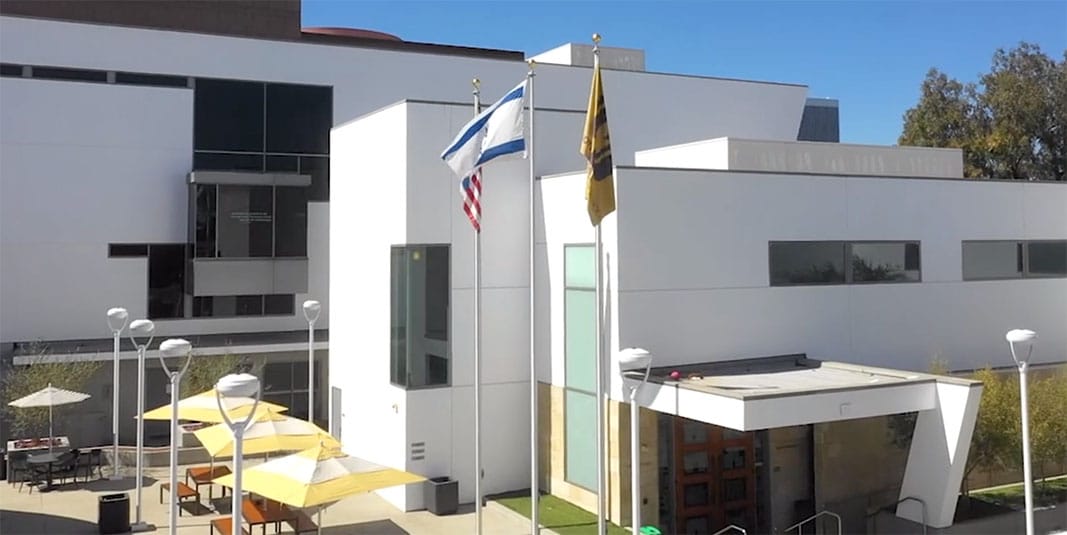



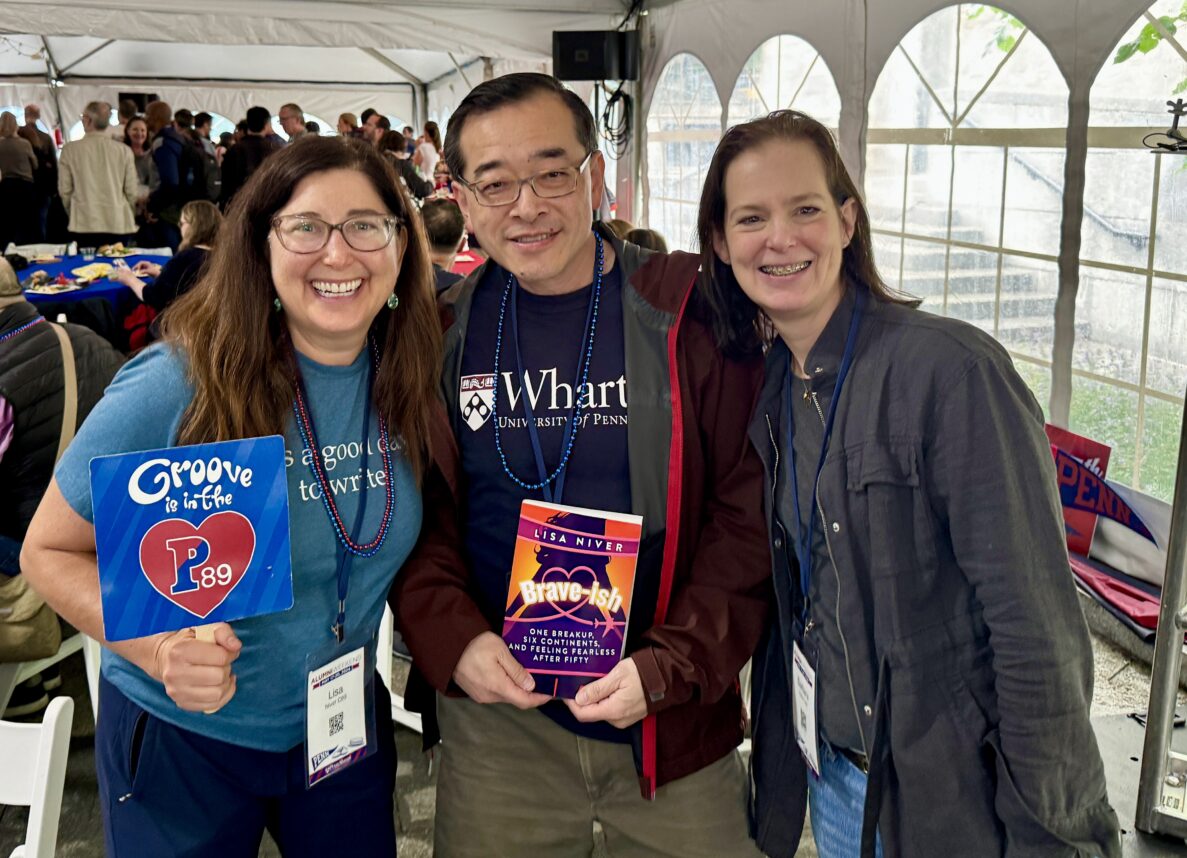


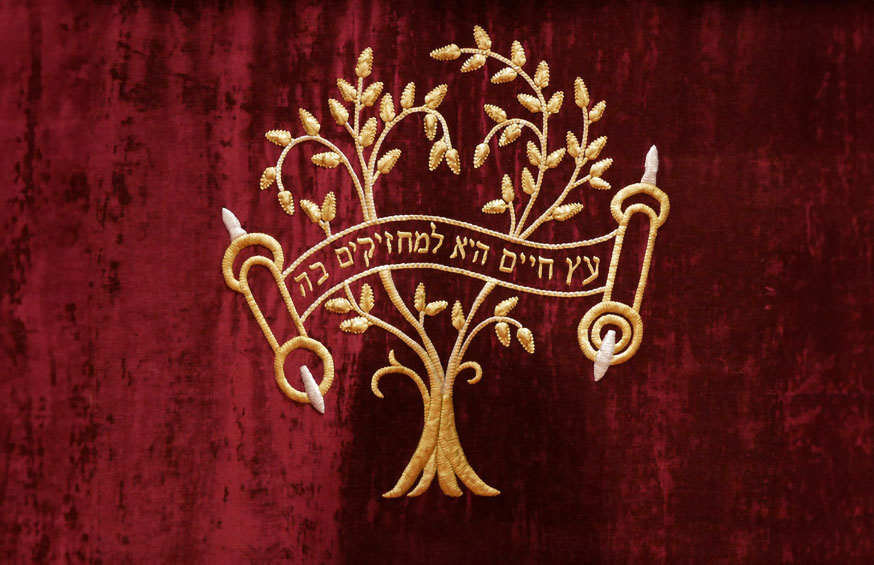
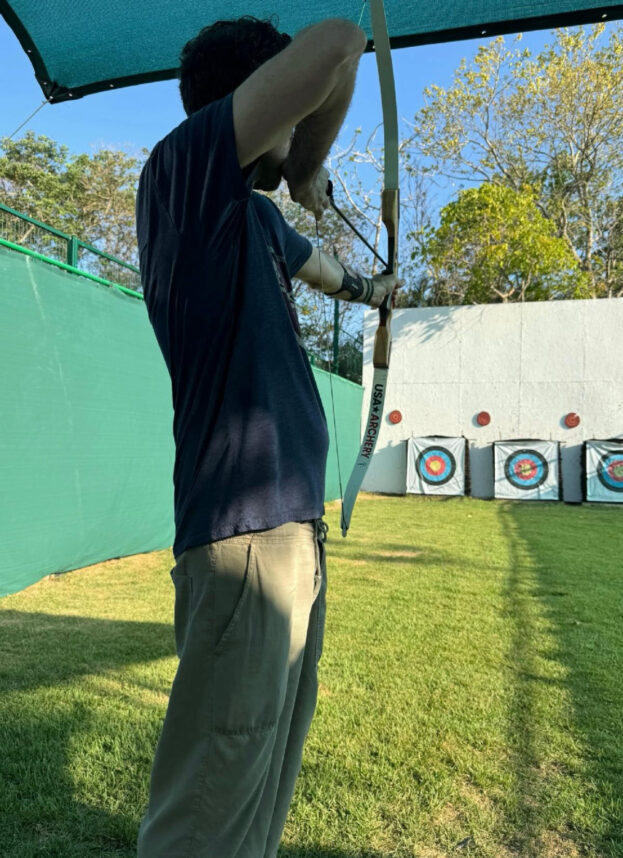






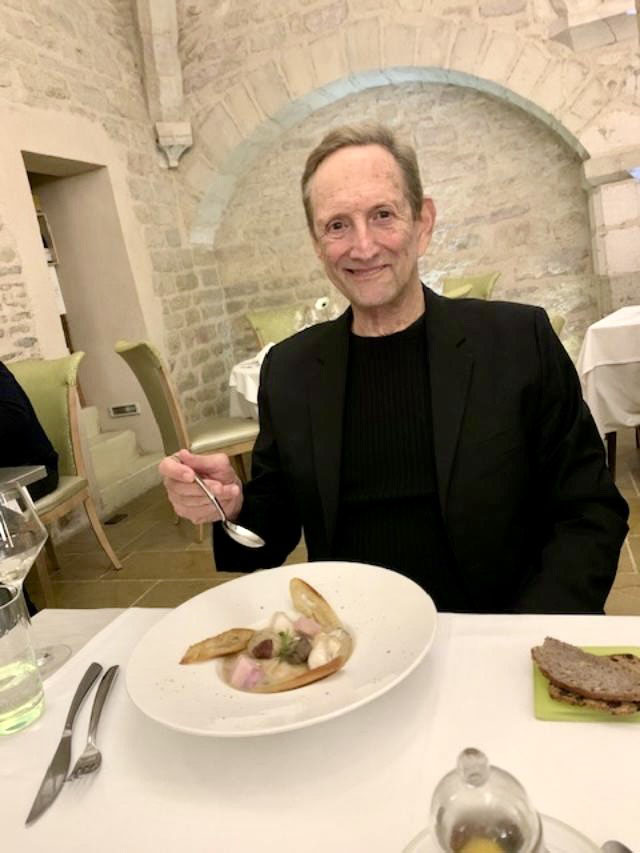
 More news and opinions than at a Shabbat dinner, right in your inbox.
More news and opinions than at a Shabbat dinner, right in your inbox.